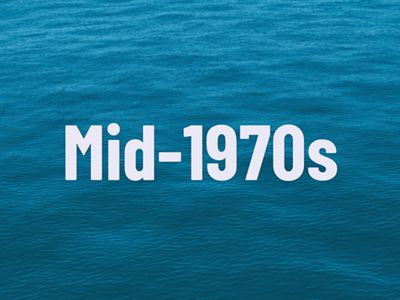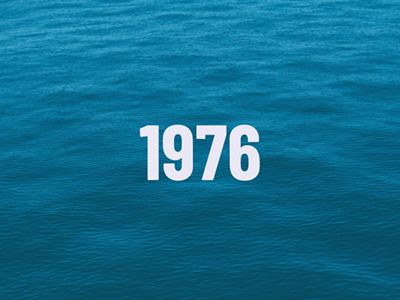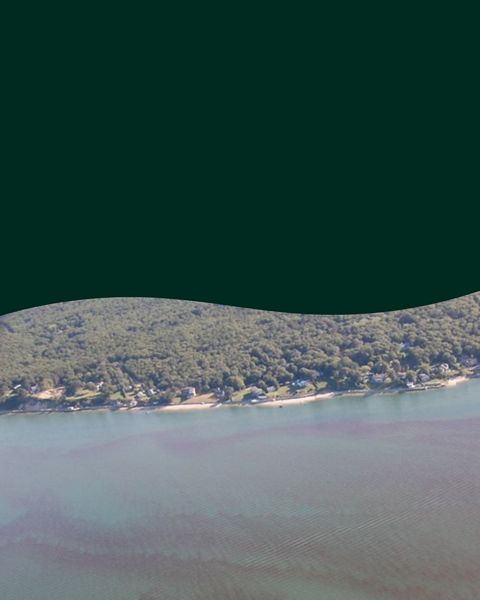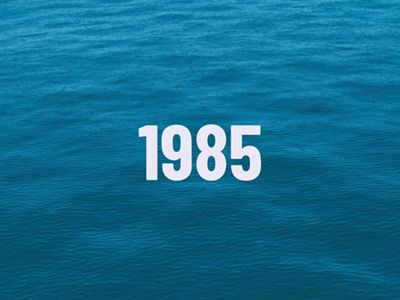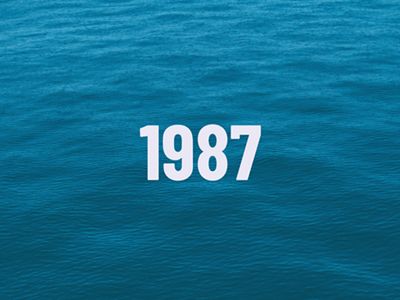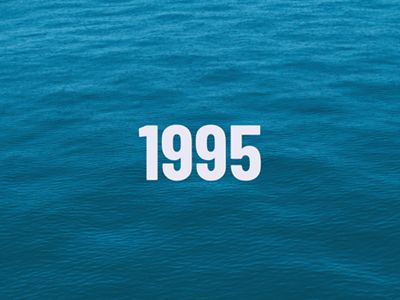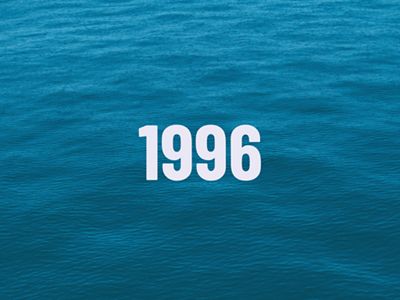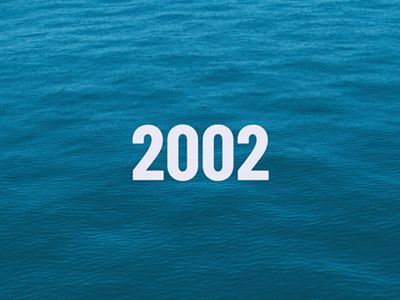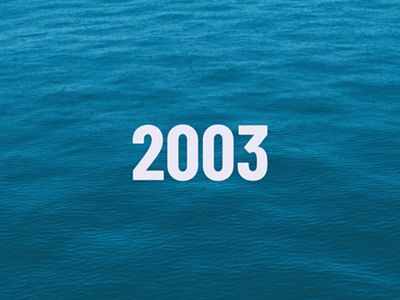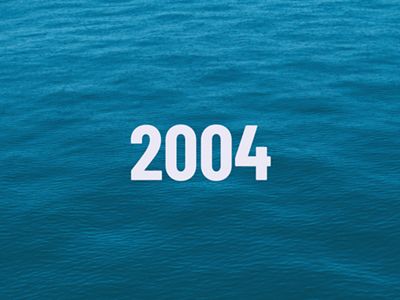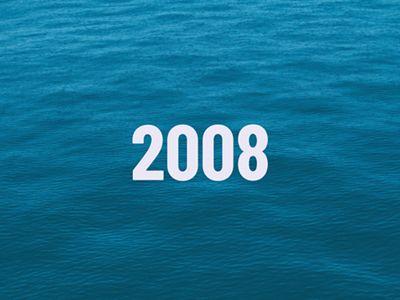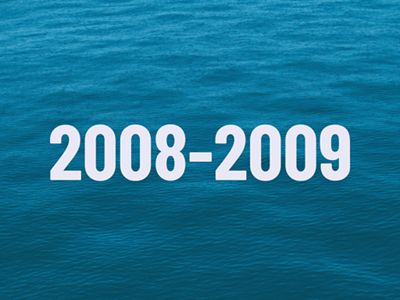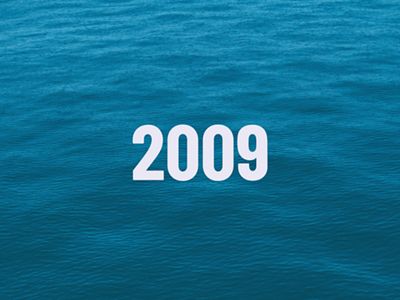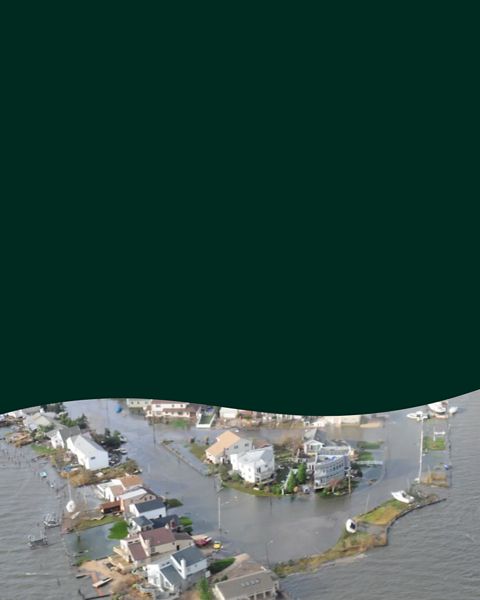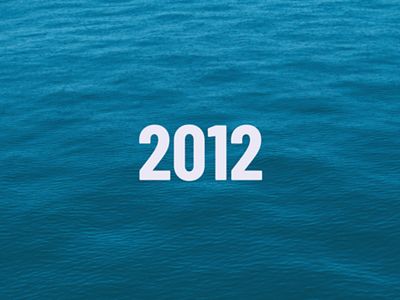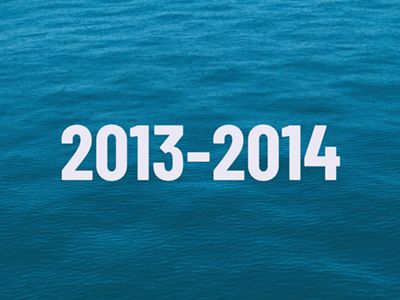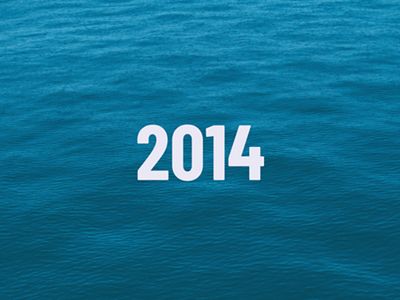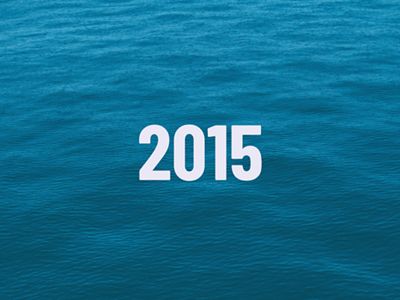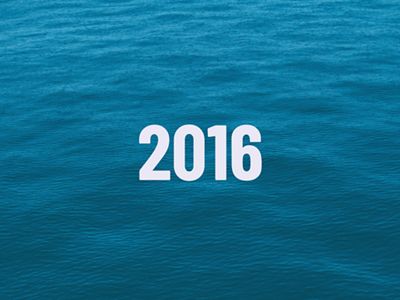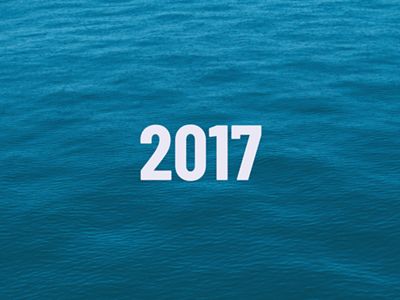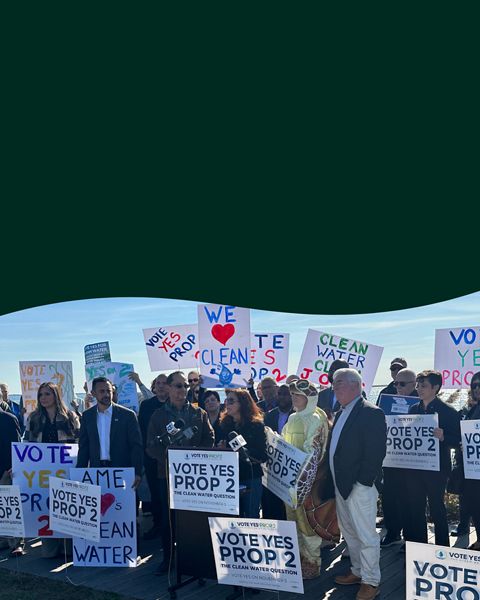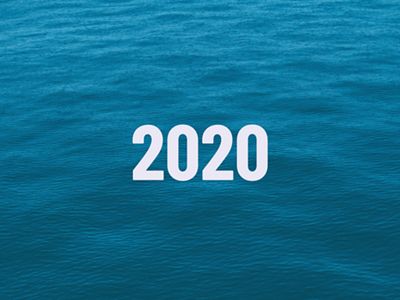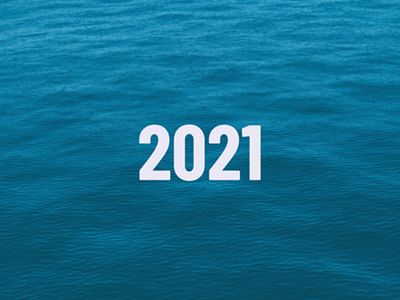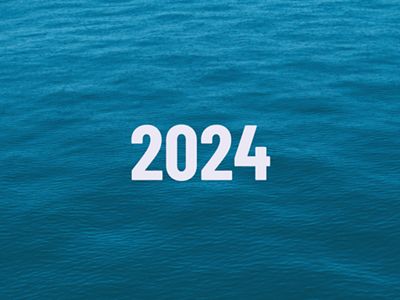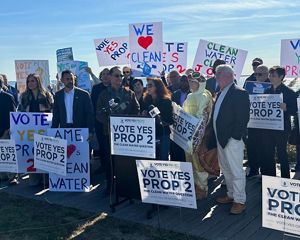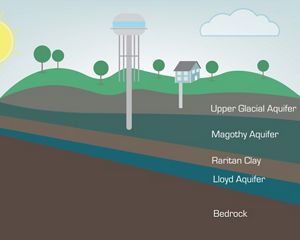From Crisis to Comeback: Long Island’s $6 Billion Clean Water Victory
The universal need for clean water transcends all politics.
In a landmark victory for clean water, Suffolk County residents approved Proposition 2. Over the next 30 years, this measure will secure $4 billion to modernize wastewater infrastructure and protect Long Island’s waters from nitrogen pollution and $2 billion to protect clean drinking water by conserving nature. This monumental non-partisan decision marks a turning point in the decades-long effort to restore the region’s beaches, bays and harbors.
Long Island’s relationship with its waters runs deep. From Indigenous Nations using shells for wampum to the rise of commercial shellfishing, the sea’s bounty has shaped local history. Great South Bay, a sprawling estuary along Long Island’s south shore, once had such abundant shellfish that it produced half the clams eaten in the United States. However, development, overharvesting and degrading water quality soon took their toll.

Could Restoring Shellfish Prevent Harmful Algal Blooms?
In the summer of 1985, Long Island’s estuaries turned a murky brown. It was the first of many brown tides: harmful algal blooms that threatened human health and drinking water, devastated shellfish populations, and disrupted the local economy and traditional activities. The once-thriving shellfish industry, a cornerstone of Long Island’s heritage, faced an existential threat. This environmental crisis sparked decades of research as scientists raced to understand the causes and find solutions.
By the 1990s, a theory emerged. Clams are living water filters; could their loss be contributing to poor water quality, and could restoring them by the millions help prevent harmful algal blooms?
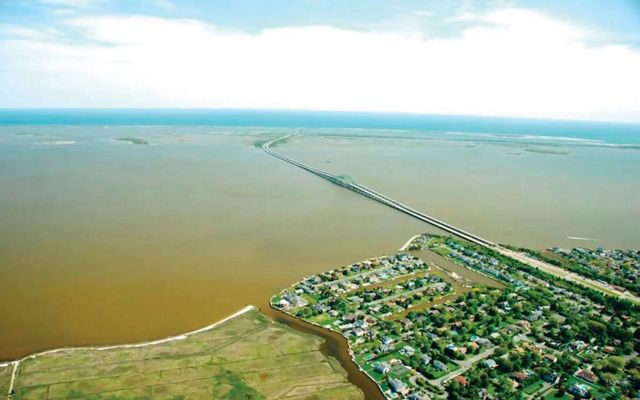
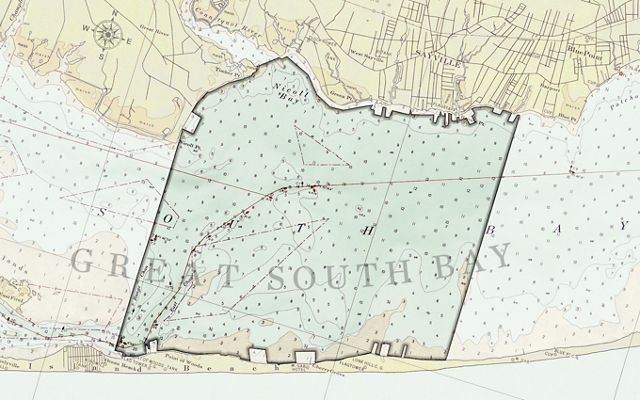
Through two acquisitions in 2002 and 2004 from the Bluepoints Company, The Nature Conservancy now owned 13,425 acres of submerged lands in the Great South Bay that were ideal testing grounds to restore shellfish. Bringing back clams would have many benefits—filtering water, stabilizing the ecosystem, helping seagrasses grow, and providing food for many animals, including people. Nature Conservancy scientists hoped that the combination of ending decades of mechanical shellfish harvesting and restoring millions of clams in the water could kick start the recovery of Great South Bay.

The Hidden Threat: Nitrogen Pollution
Unfortunately, the answer wasn’t so simple. During the first few years of the restoration effort, intense harmful algal blooms killed the young clams and prompted scientists to re-evaluate the restoration strategy. They discovered that the main cause of harmful algal blooms was nitrogen pollution from untreated sewage—specifically, on-site cesspools and septic systems installed in America’s first suburbs, throughout Long Island.
What’s more, nitrogen pollution was also threatening the only drinking water source for three million Long Islanders. This revelation required a drastic shift in approach.
Following the Science for Clean Water
Reducing the sources of nitrogen pollution became our highest priority on Long Island. The Nature Conservancy partnered with state and local governments and environmental advocates to develop innovative solutions.
“From supporting the development of new technologies that remove nitrogen pollution from wastewater to working with public officials to secure tens of millions of dollars for water quality improvements, we have made significant progress to reduce nitrogen pollution,” says Long Island Policy Advisory Kevin McDonald. “But to restore our beloved bays and harbors and protect our drinking water, a dedicated and sustainable funding source is needed to replace 380,000 antiquated septic systems. That’s not the easiest thing to establish. But we were determined.”
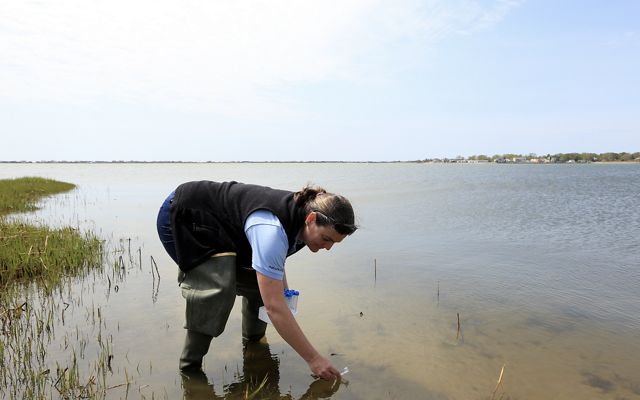

Over the last decade, many groups have joined together to protect and restore Long Island’s water including scientists, labor unions, conservationists, building trades, chambers of commerce and business leaders. Together with partners, The Nature Conservancy helped raised awareness about clean water, championed major sewage treatment plant modernizations and launched programs to replace polluting septic systems with clean-water alternatives.
Our efforts have paid off. Hard clam populations are on the rise, and once-depleted fish stocks are showing signs of recovery. Water quality is improving, reducing the risks of fish kills and harmful algal blooms like brown tides. But the fight for clean water is far from over. Climate change poses new threats as rising sea levels and more extreme weather put a strain on antiquated wastewater systems. It’s a trend that coastal communities across the United States are experiencing—nitrogen pollution is causing toxic algal blooms that are supercharged by the warming climate, and existing infrastructure is ill-equipped for new climate realities.
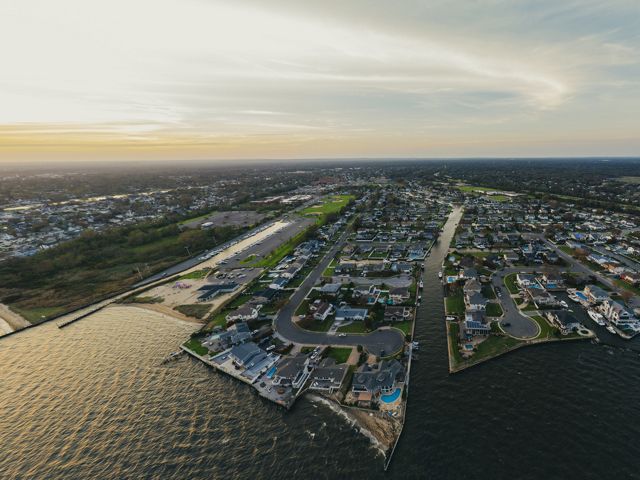
Proposition 2: A National Model for Prioritizing Clean Water
This November, Suffolk County voters had a pivotal opportunity to shape the future of Long Island’s shellfish, estuaries, coastal ecosystems and drinking water through Proposition 2. And they overwhelmingly voted YES to protect our water for generations to come. This ballot initiative, known as the Suffolk County Water Quality Restoration Act, will create a dedicated fund to restore clean water by modernizing wastewater infrastructure. Financed by adding one-eighth of a cent to the county sales tax, the initiative will raise money to expand sewers and replace polluting septic systems with clean water septic systems.
The water quality restoration fund will generate $4.2 billion for clean water restoration. Proposition 2 also extends the Drinking Water Protection Program, which will generate $1.9 billion dedicated to conserving lands to protect water resources. It will also unlock significant federal and state funding for local clean water projects, create thousands of jobs, revitalize business districts and increase property values.
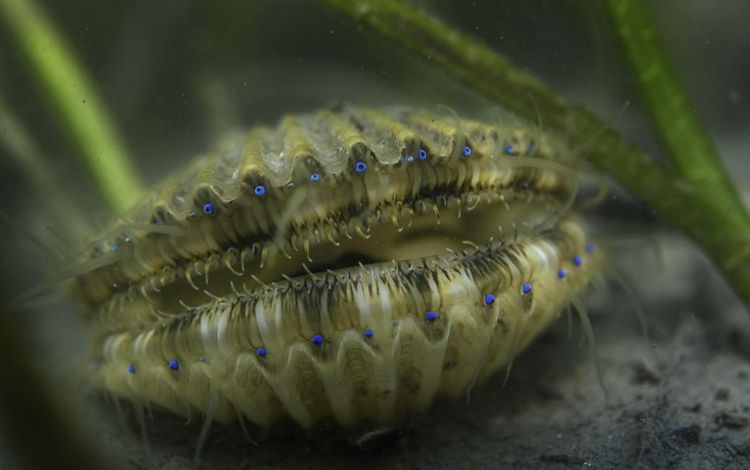
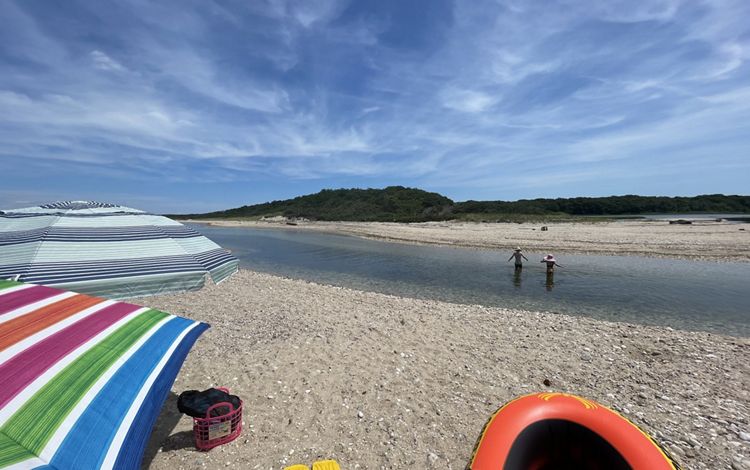


Thanks to our supporters, partners and voters, the fight to protect and restore Long Island’s waters has garnered widespread support, uniting advocates in a shared mission to ensure a sustainable and resilient future for the region. Across the country, coastal communities can now look to Long Island’s story as an important model of what can be achieved when people come together across political parties and points of view for something as essential as clean water.
The Journey to Clean Water on Long Island
Population Surge and Clam Crisis
In the mid-1970s, Suffolk County’s population surged, and clam harvests peaked unsustainably.
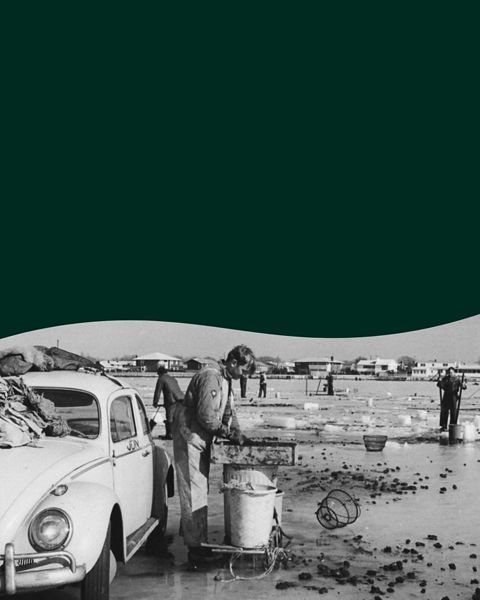
Collaborative Research
New research on brown tide is funded, and The Nature Conservancy begins field-testing a hypothesis.

Testing The Waters
Donation of underwater lands offers chance to restore millions of clams and leads to important discoveries.
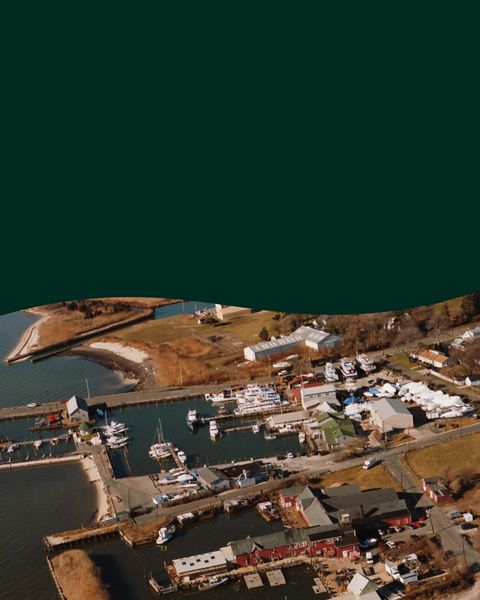
The future of Long Island water is in your hands.
The challenges facing our natural world have never been greater, and the need for bold solutions has never been more urgent. Your support will allow us to put the best conservation science into action right now.
Resources
- Water Defines Long Island (.pdf)


